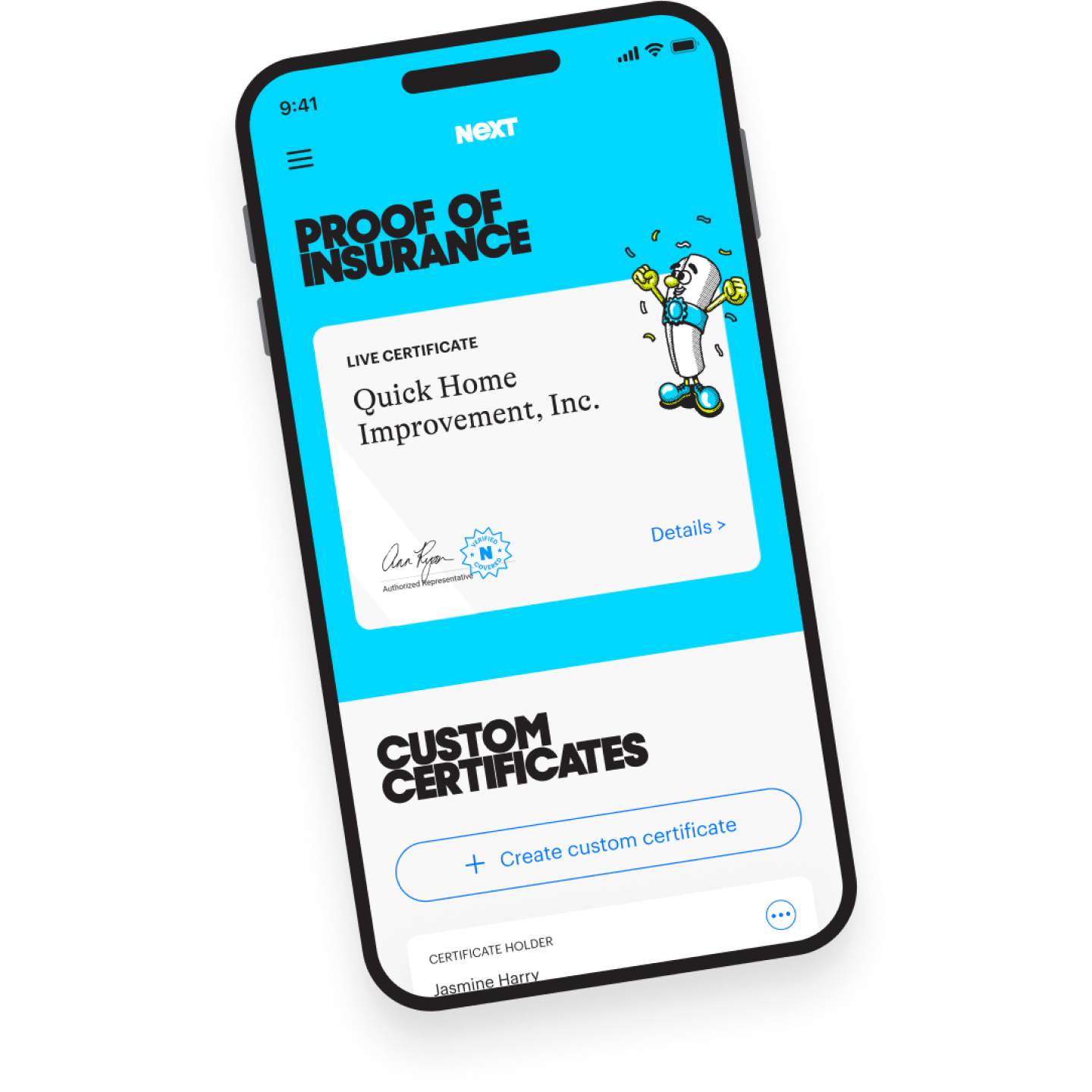Our dog walker insurance policies and packages are designed to protect your business from a variety of risks and help you save money to grow your business. You can be protected from financial losses related to:
Damage to someone’s property
The owner of a dog park says that a dog in your care destroyed the water fountain and several shrubs. The
general liability coverage in your insurance package could help pay to fix the damage.**
Accidents that hurt someone
A pedestrian needs stitches after one of your dogs bites them. Your
general liability coverage could also come into play here by helping to pay for medical costs and legal fees.
Workplace injuries
You are pulled to the ground by a strong dog and suffer a head injury.
Workers’ compensation insurance with business owner’s coverage can help cover medical bills and lost wages. Workers’ comp is usually required by law if you have employees.
Injuries and damage involving your business vehicles
A dog damages the upholstery in your car while you’re driving back from a walk.
Commercial auto insurance will help pay for the repairs. This coverage is also usually required by law for business-owned vehicles.
Damage to your own property
Your storage space is flooded during heavy rains, damaging your expensive crates and dog food.
Commercial property insurance can help with replacement or repair costs if your owned or leased property is damaged due to a covered event, such as a burst water pipe, fire, tornado or vandalism.















